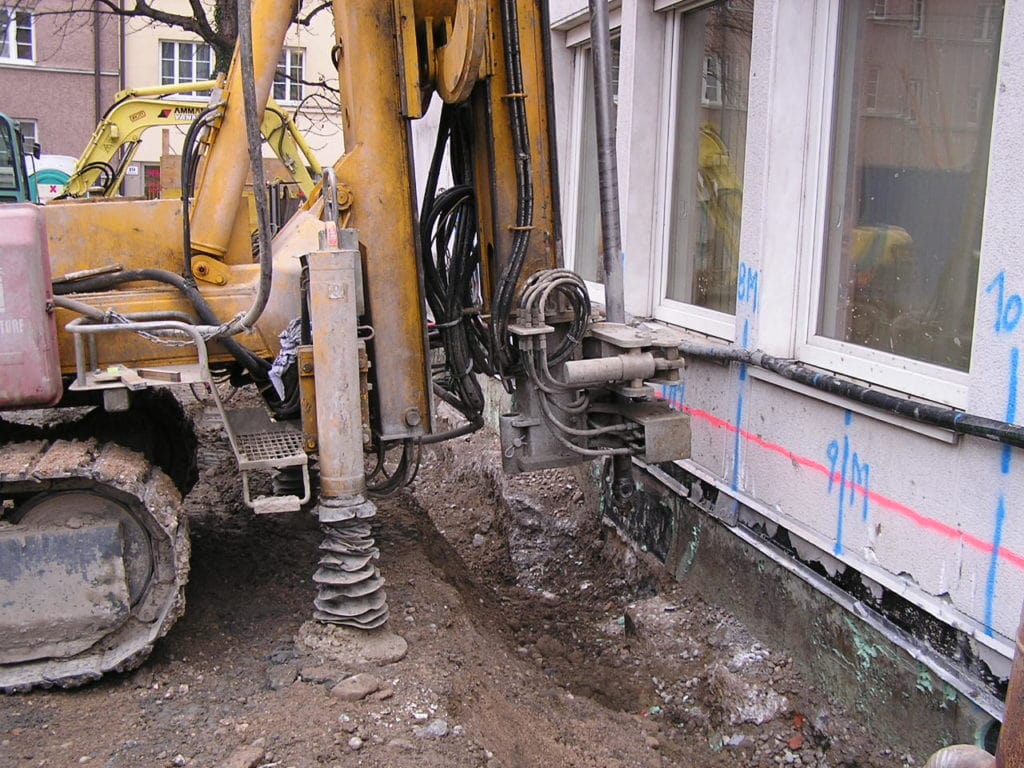
Underpinning services typically include engineering fees and other miscellaneous costs. Nonetheless, there are some instances in which you may incur additional costs. To avoid being overcharged, you can request that your contractor adheres to a set schedule. Discuss how you want to proceed with the project with your contractor and be transparent about your budget and expectations.
Agree on a specific timeline and total cost for the project, seek clarification, and address any concerns you may have about the project. There should be a set price for an underpinning service that includes all costs, including soil tests, engineering reports, and site inspections. All work and materials should also be included in the price.
Contact at least two or three foundation companies and ask for a free evaluation, information, and a price quote so that you can compare prices and services.
Question 1: Do I require the services of a structural engineer?
Any underpinning project requires an expert assessment by a structural engineer. Apart from providing professional advice, an engineer’s report is required to obtain the necessary permit to proceed. Because the majority of structural restoration contractors include a structural engineer as part of their underpinning service package, you are not required to obtain a separate assessment. You can contact a contractor directly, and they will prepare everything for you.
Question 2: Are there any other possibilities?
Underpinning can be a time-consuming and costly process. If your home requires underpinning and you and your family are not yet prepared, you may wish to consider the resin injection underpinning technique. Resin injection can compact loose soil and level a structure. Additionally, it is faster than other methods of underpinning. Nonetheless, the design and conditions of a structural engineer are required.
Question 3: Will underpinning provide a long-term solution?
Depending on the soil type beneath your property and the type of underpinning method used, you can determine whether or not your foundation problems can be permanently resolved. Experts in foundation underpinning give honest advice about which method is best for your home.
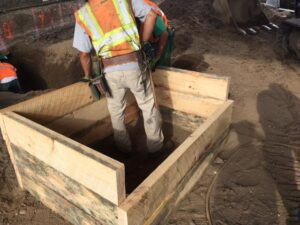
Question 4: Can I self-underpin a house?
Even if you work in the construction industry or have a working knowledge of the subject, it is best to leave the task to professional builders. Underpinning is a complicated process, and while resources and do-it-yourself instructions are readily available on the internet, attempting it on your own can jeopardise the integrity of your home structure.
Experts strongly suggest that you hire a well-known building and underpinning expert who has a lot of experience to make sure that the work will be done correctly and that it will be done well.
Question 5: What is the underpinning?
Underpinning is a lengthy process that typically takes around four weeks, depending on the extent of the damage. Following the assessment, preparation of reports, and other work, your builder will either use machinery or dig holes beneath the existing foundation and fill them with concrete. They will then replace or reinforce existing structures as necessary.
Question 6: During underpinning, is it necessary for me to move out of the house?
Generally, underpinning repairs and the associated work is not disruptive. However, it can be inconvenient. Consult your builders regarding their preferred course of action. Some builders may ask you to move out of your home while the work is being done.
Conclusion
Underpinning your property to ensure its safety and structural integrity is an investment, but one that is well worth it. One way to save money is to only work with a reputable and skilled structural restoration contractor.


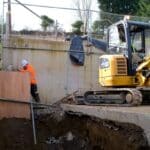


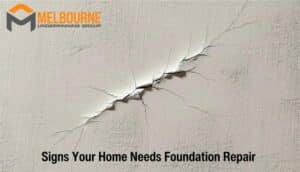
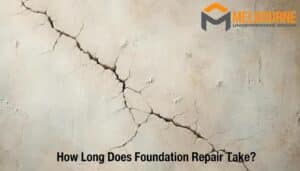
No comment yet, add your voice below!